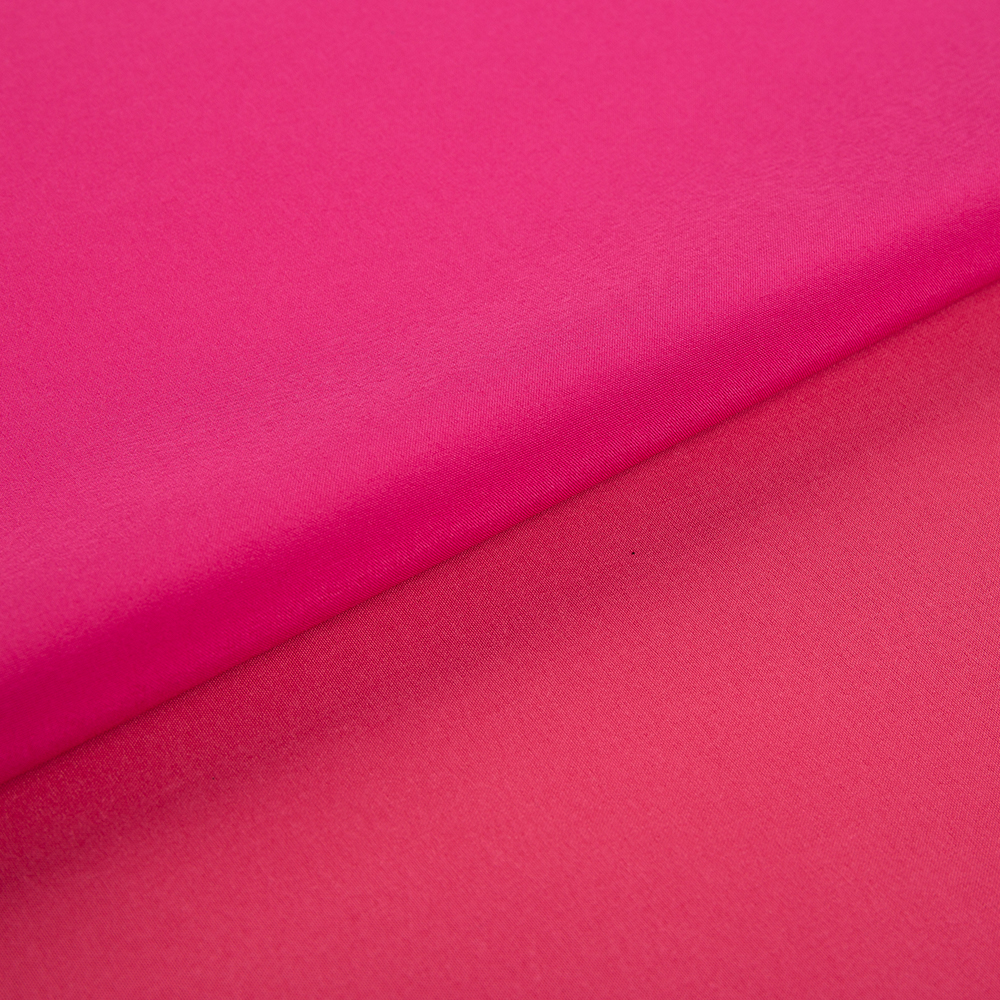The surface treatment of softshell fabrics plays a critical role in enhancing and altering their performance characteristics. Here’s a detailed look at how different surface treatments affect various aspects of softshell fabrics:
Water Repellency and Hydrophobicity
Surface treatments, such as Durable Water Repellent (DWR) coatings, significantly enhance the water repellency of softshell fabrics. These treatments create a barrier that prevents water from soaking into the fabric, causing it to bead and roll off instead. This helps in maintaining dryness and comfort in wet conditions.
Performance Impact: DWR coatings improve the fabric's ability to shed water, which is essential for outdoor activities in wet weather. Over time, these coatings can wear off and need reapplication to maintain effectiveness.
Stain Resistance
Many surface treatments also add stain-resistant properties to softshell fabrics. This makes it easier to clean the fabric and maintain its appearance over time.
Performance Impact: Enhanced stain resistance keeps the fabric looking new and reduces the frequency of washing, which can prolong the fabric’s lifespan.
Breathability
Some surface treatments can impact the breathability of softshell fabrics. For instance, treatments that add a significant layer to the fabric surface might reduce its breathability by blocking the micropores that allow moisture vapor to escape.
Performance Impact: Reduced breathability can lead to discomfort during high-intensity activities as it impedes moisture and heat transfer, causing a buildup of sweat and heat.
UV Protection
Certain treatments can enhance the UV protection of softshell fabrics by incorporating UV-blocking agents. These treatments are particularly useful for fabrics intended for prolonged outdoor use.
Performance Impact: Improved UV protection helps in preventing fabric degradation due to sun exposure and protects the wearer from harmful UV rays.
Abrasion Resistance and Durability
Surface treatments can enhance the abrasion resistance and overall durability of softshell fabrics. By adding protective coatings, the fabric’s resistance to wear and tear from friction is improved.
Performance Impact: Increased abrasion resistance extends the life of the fabric, making it more suitable for rugged outdoor use where it might be exposed to rough surfaces.

Wind Resistance
Some surface treatments can enhance the wind resistance of softshell fabrics by reducing the permeability of the fabric to air. This is achieved by filling the fabric pores or creating a denser surface layer.
Performance Impact: Enhanced wind resistance improves the fabric’s ability to provide warmth in windy conditions by reducing the amount of cold air that can penetrate the fabric.
Thermal Insulation
Certain surface treatments can affect the thermal insulation properties of softshell fabrics. For example, treatments that reduce breathability might trap more heat, enhancing warmth, while treatments aimed at moisture wicking can aid in thermal regulation.
Performance Impact: Adjusting thermal insulation properties can make the fabric more versatile for different temperature ranges, enhancing its suitability for various outdoor activities.
Elasticity and Stretch
Some treatments are designed to maintain or even enhance the elasticity of softshell fabrics. This is crucial for applications requiring a good range of motion and fit, such as in activewear and sportswear.
Performance Impact: Enhanced elasticity improves comfort and mobility, making the fabric more suitable for dynamic activities that require flexibility.
Antimicrobial Properties
Surface treatments that incorporate antimicrobial agents can prevent the growth of bacteria and fungi on softshell fabrics, reducing odors and the risk of infection.
Performance Impact: Antimicrobial treatments are beneficial for maintaining fabric hygiene and prolonging its freshness, especially in active and outdoor settings where the fabric might be exposed to sweat and moisture.
Overall, surface treatments of softshell fabrics are crucial in enhancing their functionality and extending their usability across various conditions and activities. These treatments need to be carefully selected and applied to balance the desired performance characteristics while considering environmental and health impacts.











